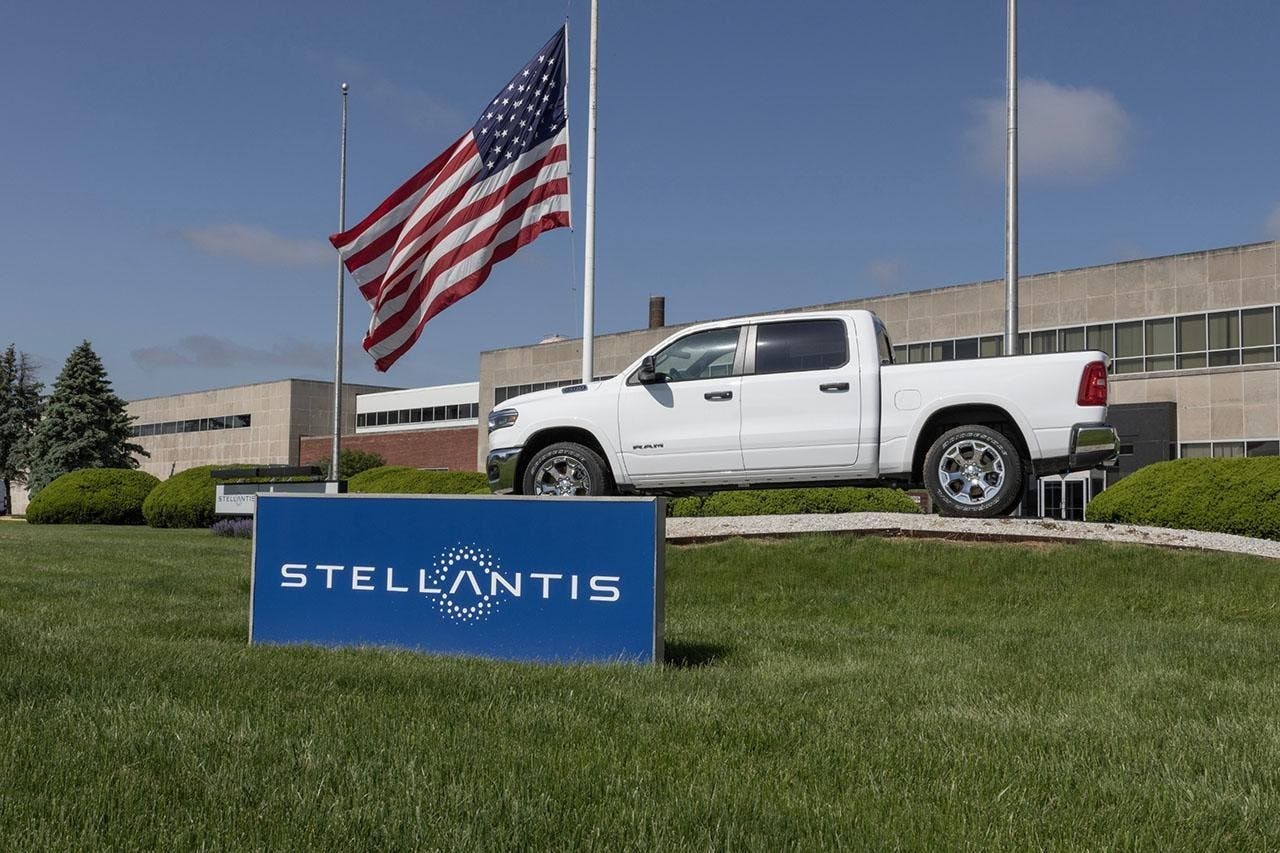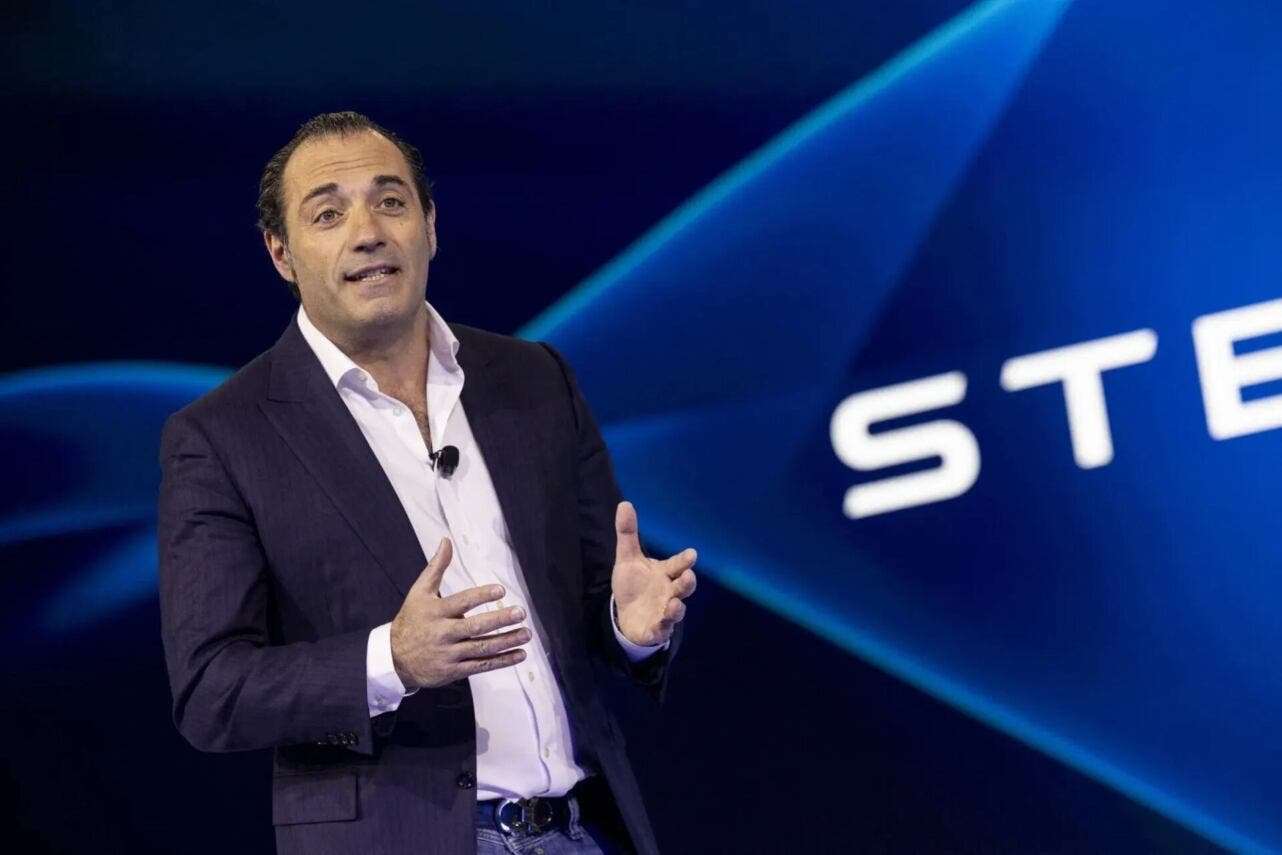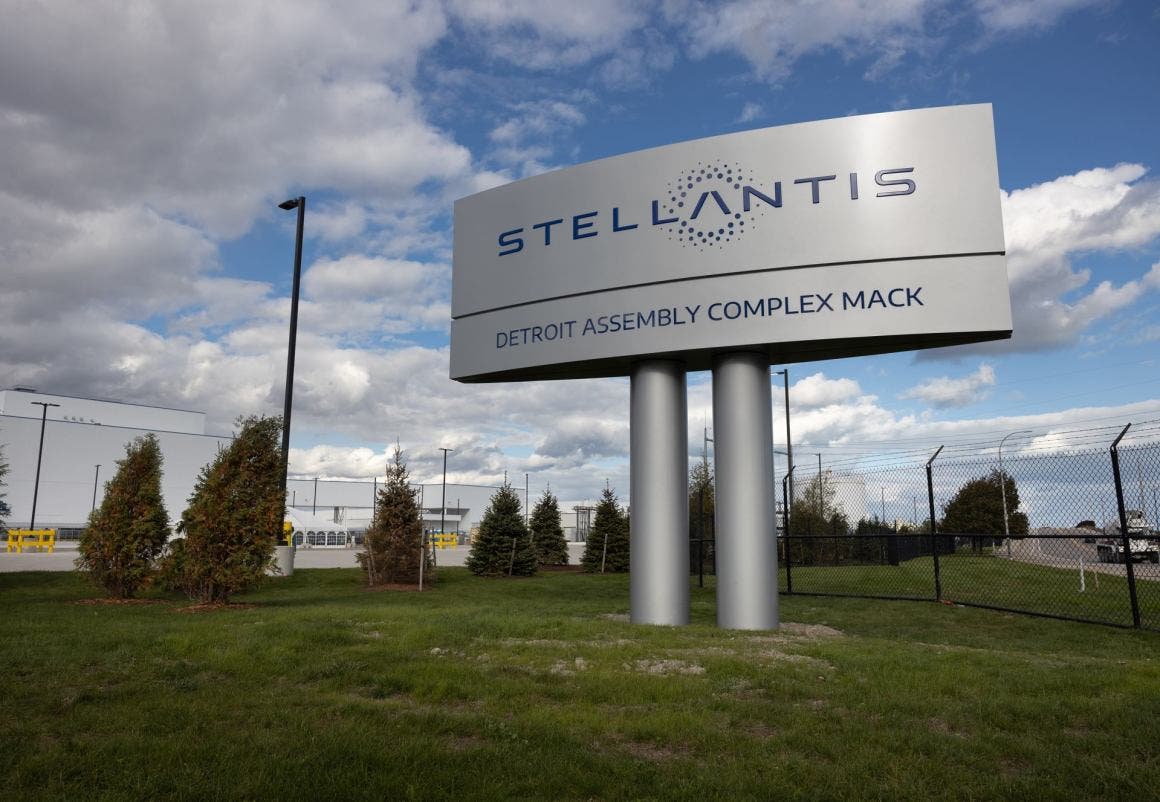The American automotive industry is no longer the production powerhouse it was half a century ago. In the 1970s, the United States assembled about 10 million vehicles per year, a figure that, despite population growth of over 60%, rose to just 10.6 million in 2023. This data highlights structural stagnation, accentuated by fierce competition from European and Asian manufacturers. In this context, Stellantis has been called upon to relaunch.
Stellantis bets everything on the American market to recover and revive the sector

According to Shawn Fain, president of the United Auto Workers union (UAW), the situation is alarming: “We are in an emergency.” Fain has supported the introduction of tariffs to stem the constant loss of jobs in the sector, despite having been a critic of former President Trump in the past. Protectionist policies, including the imposition of a 25% tariff on vehicle imports, have changed the game even for industry giants. Even Mary Barra, CEO of General Motors, has revised her positions on the issue.
In this context, Stellantis is attempting a return to American roots. The new CEO Antonio Filosa, who succeeded Carlos Tavares in June 2024, has moved the CEO’s headquarters to Detroit, signaling a strong orientation toward the North American market.

A concrete step is the announced $388 million investment for the construction of a logistics Megahub in Van Buren Township, scheduled for 2027. According to Darren Bradshaw of Mopar North America, the new center will be a model of technological efficiency, similar to an Amazon warehouse, and aims to drastically improve the auto parts distribution network.
The challenges, however, remain enormous. Stellantis recorded a 12% decline in sales in the United States in the first quarter of 2025, with revenue down 14% and a 9% contraction in shipments. Despite some positive signals from Ram, Chrysler, and Jeep, the road to full recovery is still long. Filosa has stated that the company will face the impact of tariffs with determination, focusing on resilience, strategic adaptation, and innovation to remain competitive.
